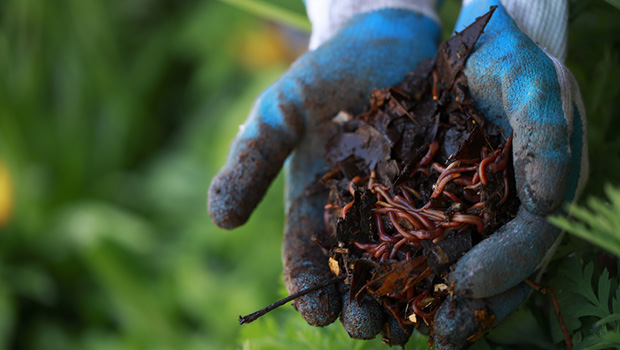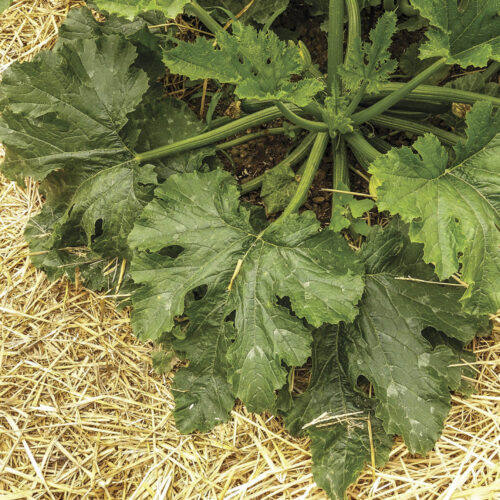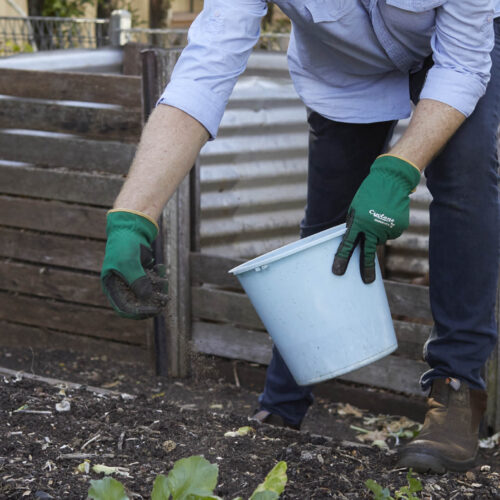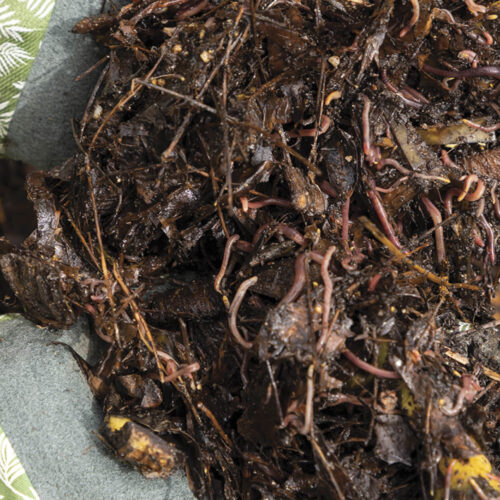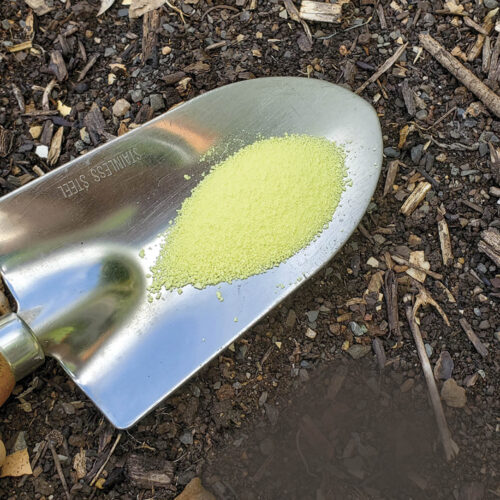Wonderful worms
2016-08-01T06:47:08+10:00
Recycling kitchen scraps through a worm farm provides valuable worm castings and juice to improve garden soil and plant growth, writes Jessamy Miller.
Worm farms are not just an easy alternative to a compost heap. Not only do they recycle kitchen scraps, reduce landfill and our carbon footprint, they produce valuable nutrients for your soil and plants. Compost worms can fit into any sized garden, even on a balcony. All they need is a dark, moist, aerated environment where they can get stuck into consuming organic matter, turning it into castings.
So, which worms are best?
Compost worms differ from earthworms, which prefer to live in soil and are burrowers. Compost worms migrate to the top, reproduce rapidly and munch through about half their body weight a day. Common compost worms in Australia include tigers (Eisenia fetida), reds (Eisenia andrei) and Indian blues (Perionix excavatus).
For the full story get your copy of Organic Gardener Issue 90, OUT NOW!
Worm farm references OG 90
1. Sinha, R K. Herat, S., Chauhan, K.; Valani D, 2009, ‘Earthworms vermicompost: A powerful crop nutrient over the conventional compost & protective soil conditioner against the destructive chemical fertilisers for food safety and security’, American-Eurasian Journal of Agricultural and Environmental Science, 5: 14-22
2 Atiyeh, RM, Edwards, CA, Subler, S, Metzger, JD, 2001. ‘Pig manure vermicompost as a component of a horticultural bedding plant medium: effects on physicochemical properties and plant growth’, Bioresource Technology, 78: 11-20.
3. Gutiérrez-Miceli FA, García-Gómez RC, Rincón Rosales R, Abud-Archila M, Oliva Llaven MA, Marcos Joaquín GC, Luc D. 2008. Formulation of a liquid fertiliser for sorghum (Sorghum bicolor (L.) Moench) using vermicompost leachate. Bioresource Technology, 99: 6174–6180.
4. Romero-Tepal EM, Contreras-Blancas E, Navarro-Noya YE, Ruíz-Valdiviezo VM, Luna-Guido M, Gutiérrez-Miceli FA, Dendooven L, 2014. ‘Changes in the bacterial community structure in stored worm bed leachate’, Journal of Molecular Microbiology and Biotechnology.24(2):105-13.

